One of the most exclusive features of memory foam is that it is a custom-contouring material which makes it temperature-sensitive. It can be affected by body temperature. The kind of environment also determines the firmness of memory foam, so can it also freeze? We've researched how cold temperatures affect memory foam to get the answer for you.
Memory foams are formulated with polyurethane, sometimes called viscoelastic polyurethane foam as its added compounds shape the viscosity and elasticity of the product. Both non-gel memory foam and gel-infused memory foam can freeze with a temperature of 32°F (0°) which can cause the product to become too hard and uncomfortable.
- Freezing a non-gel-infused memory foam can certainly ruin the product as cold temperature increases the viscosity of the foam, causing it to stiffen and become too dense for you to lay on.
- Freezing a gel-infused memory foam can turn its liquid-like state into a very solid surface, breaking the breathability and the gel present in the product.
Of course, comfort is one of the most rewarding things most people seek from memory foam. Frozen memory foam clearly doesn’t give that satisfaction. You can read further and find out more about memory foams when they are cooler.
NOTE: WE MAY GET A COMMISSION IF YOU DECIDE TO MAKE A PURCHASE THROUGH THESE LINKS. THERE'S ADDITIONAL NO COST TO YOU. CHECK THE BOTTOM OF THE PAGE FOR MORE INFORMATION.
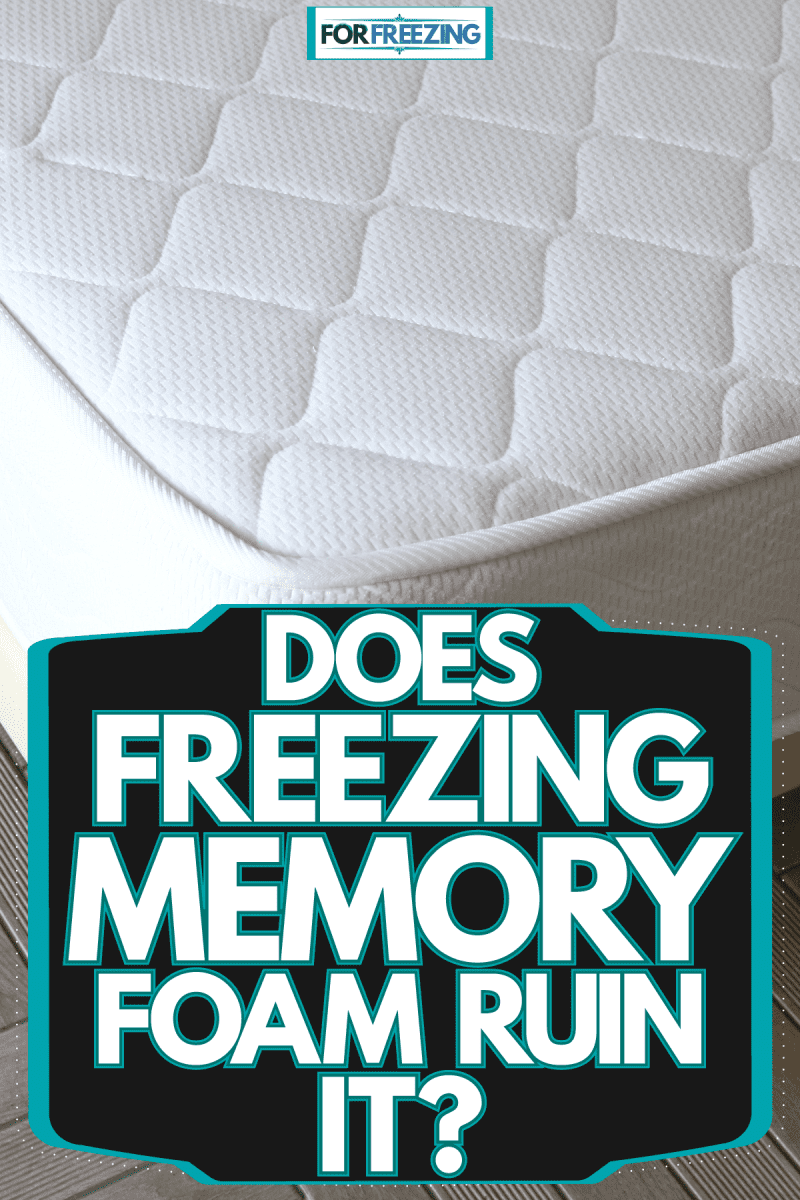
How does temperature affect memory foam?
Temperature is the predominant factor that affects the quality of the memory foam. The polymers present in the product react to certain levels of body and room temperatures.
In the context of body temperature, memory foam can specifically respond according to the pressure you apply to it. It can help cushion and adapt to the body's straightness and can conform in correspondence to the body's curves. Once the pressure is removed from the foam, it can easily bounce back to its original form.
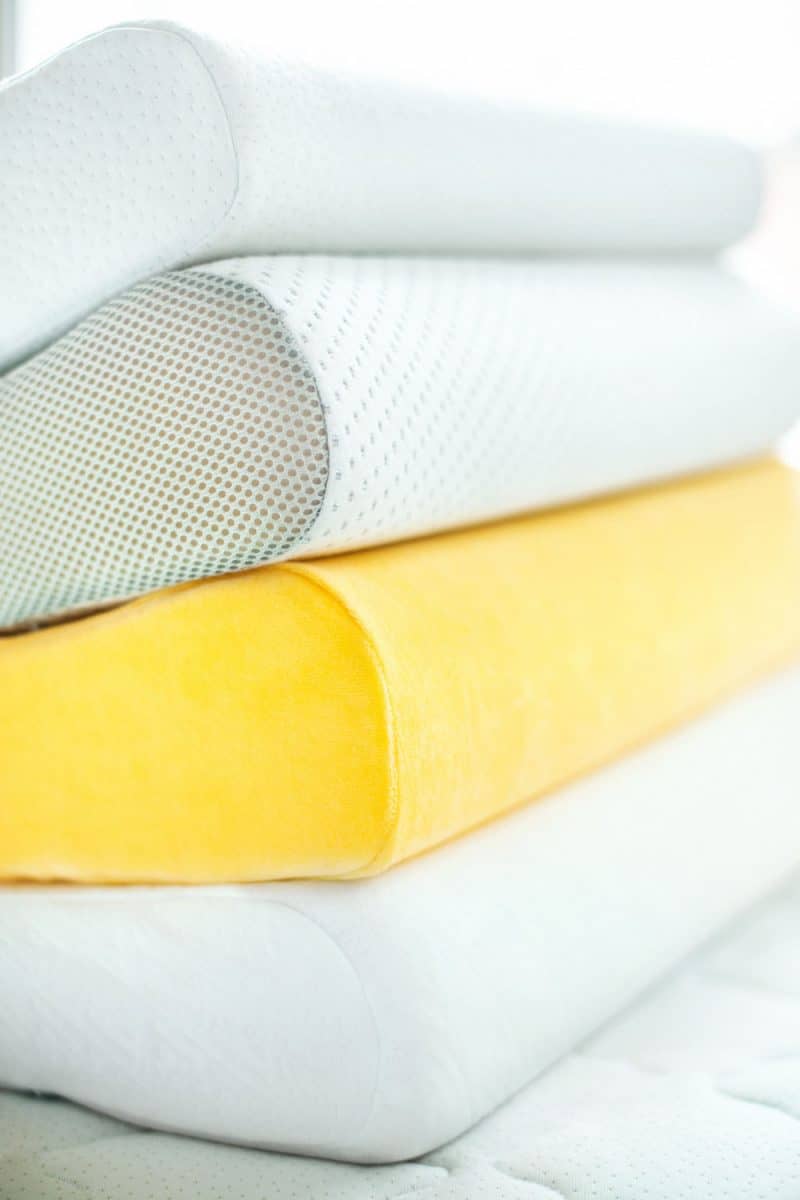
In adjusting to room temperatures, memory foams become more flexible to warm temperatures due to the reduced viscosity of the foam. Less viscosity allows the material to become something more fluid-like, causing it to become soft and warm.
On the contrary, cooler temperatures increase the viscosity of memory foams making it hard to feel the cushion. Temperature plays a huge difference in the substance of memory foam varying from the degree of warmth or coolness in the environment it is exposed to.
How do you thaw memory foam?
If you have already frozen your memory foam, you can absolutely undo this and retrieve its softness simply by thawing it.
One of the best ways to do this is to leave the memory foam at an average room temperature of around 20℃ or 68℉. This helps the material to recover from the cold moisture it has absorbed from freezing.
Keep in mind that this will take longer to soften the memory foam. It is best to thaw it for several hours, 3-5 hours at least, to fully soften the material and avoid laying on its moistness.
How can I make my memory foam mattress cooler?
As memory foam becomes softer at warmer temperatures, it is likely to make you feel hot the longer you lay on it. Memory foams have a feature that eases pressure due to the air bubbles that limit the airflow in the mattress causing warmness underneath.
To avoid this, you can cool your mattress by adding a cooling mattress topper that has a fabric of wool or cotton to regulate temperature and stimulate air circulation between your skin and the bed.
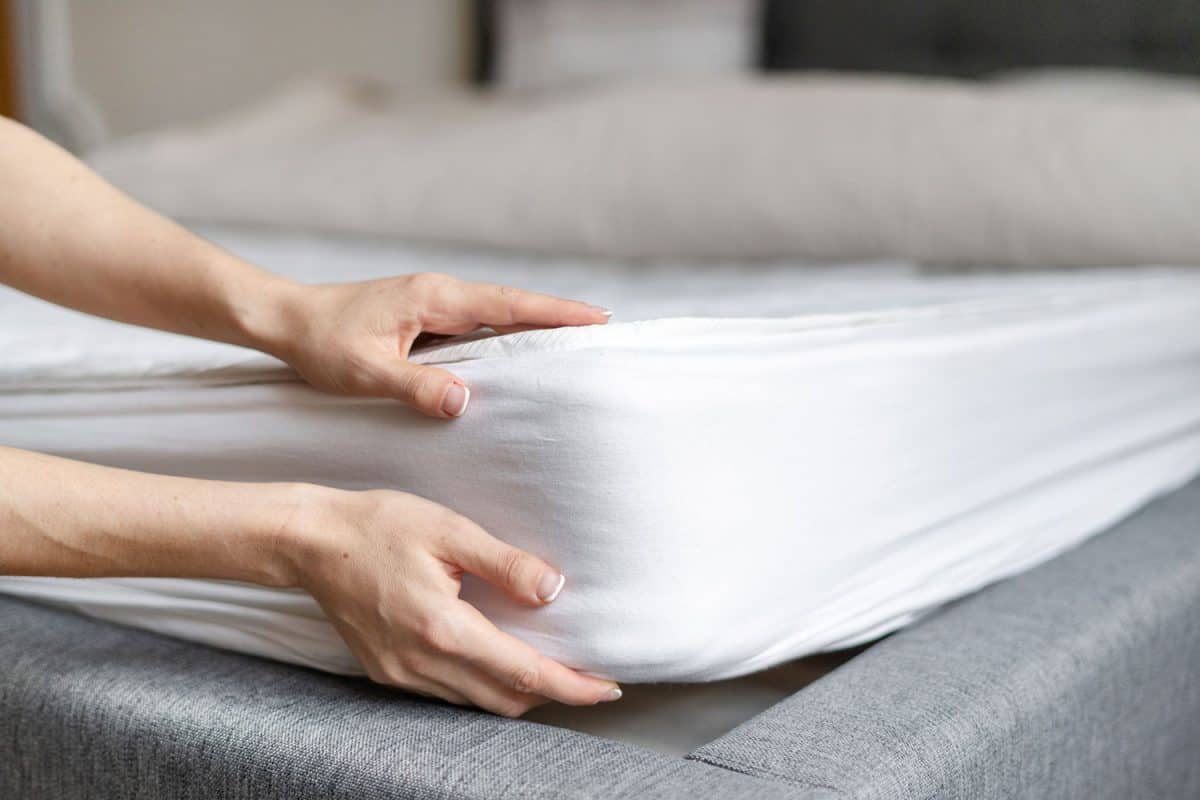
It also helps when you control the atmosphere in your bedroom. You can decrease the room temperature to 68℉ to maintain the constant airflow in the memory foam. With just enough research, you can definitely master the science of temperature control to adjust your memory foam according to your liking.
Does gel memory foam keep you cooler?
According to Sleep Foundation, studies reported that gel-infused memory foam only has minimal advantages to normal memory foam and its efficiency to keep you cooler varies from the user, the manufacturer, and the model of the product.
The majority of gel-infused memory foam contains a thermal gel that switches solid to liquid when a heating degree of temperature arises. Having a gel-infused memory foam is an advantage because it draws away heat from the sleeper. It provides a cozy surface temperature and can definitely beat the heat with the gel that soothes your bed setting.
The Right Memory Foam Surface
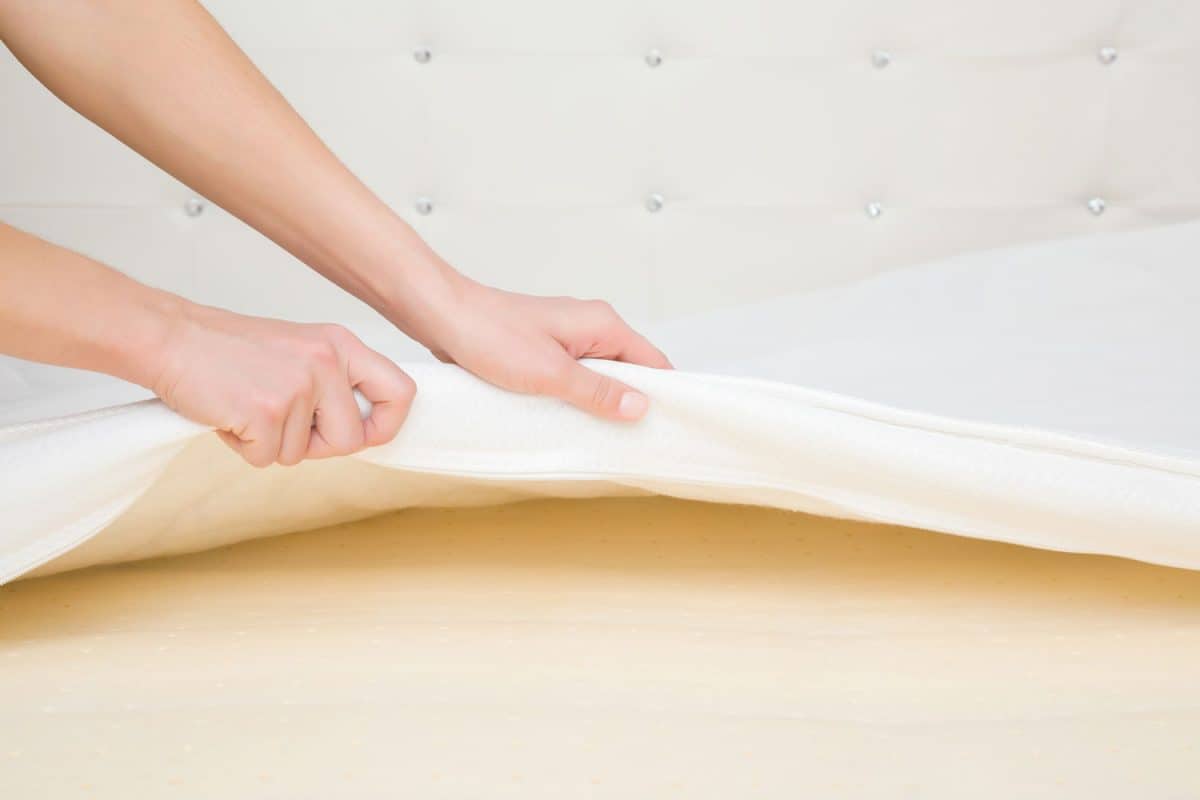
A good bed is undeniably one of the best things in life. To come home and snuggle up on a soft and cushy bed after a very long and tiring day at work can be so heavenly and rewarding.
Choosing the right memory foam may be challenging and the situational and personal experiences of the user to memory foam may vary distinctively. However, it is important to note that you are the one who knows your true comfort. Whether you feel like using the normal memory foam or the one that is gel-infused, all that is mainly up to your liking and understanding of memory foam.
Final Thoughts
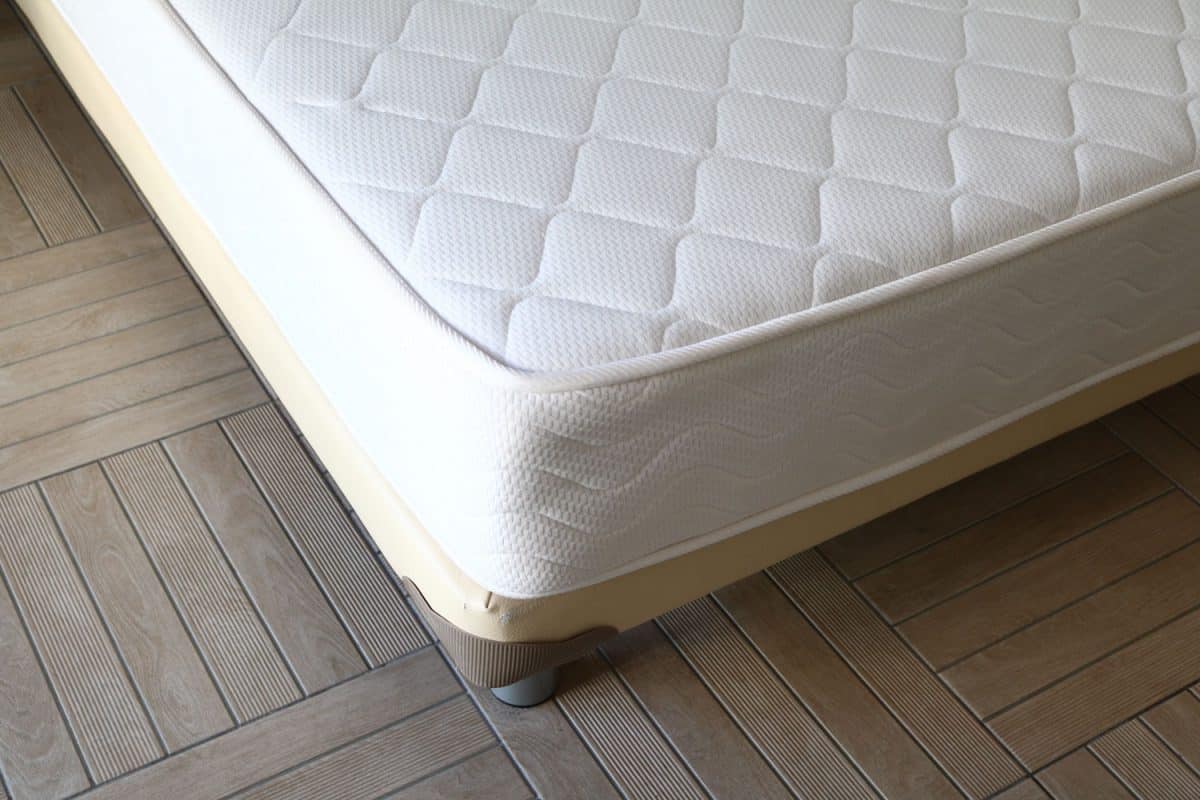
This article showed the results that may possibly arise when freezing memory foam. If you don’t want your mattress or pillow to feel like a cemented surface, refrain from freezing your memory foam for you to enjoy its soft and comforting texture.
Warmer temperatures make memory foam pliable but can also make it hot. Memory foams can be made cooler, but this does not happen when you freeze them. As freezing them can result in a solid and rock-like texture that will give more space for discomfort.
As a final point, memory foams are flexible and adaptive when placed at the appropriate temperature. When done successfully, you might find yourself floating atop a good mattress.
For more chilling homeware facts, check out:



